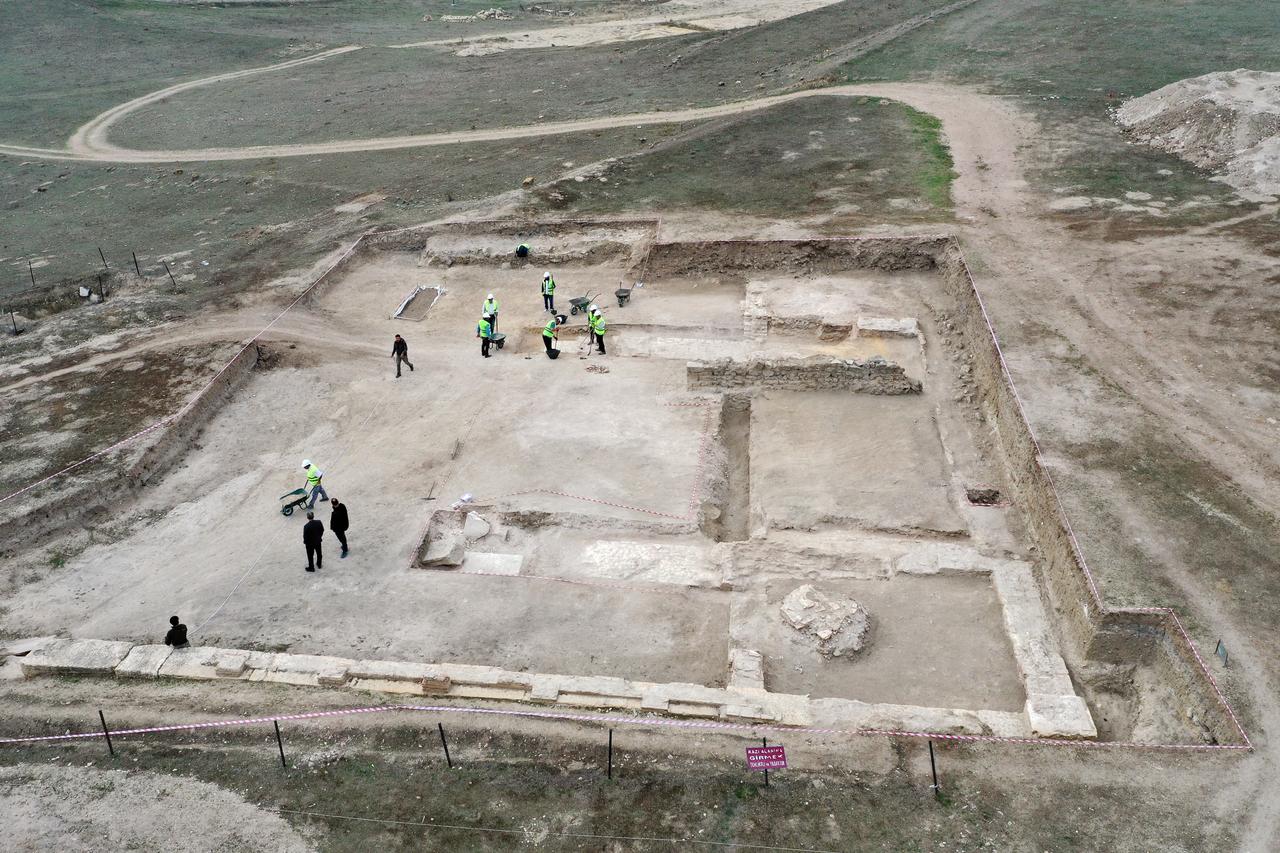
Archaeologists in Pompeiopolis, located in Kastamonu’s Taskopru district of Türkiye, have uncovered evidence of a memorial shrine built to honor a Christian saint, suggesting the ancient city could one day become a pilgrimage center.
Excavations led by Associate Professor Mevlut Eliusuk of Karabuk University have revealed new evidence this season, confirming the presence of a martyrion in Pompeiopolis.
He said that the team focused heavily on the previously partially excavated shrine and added that the findings point to its function as a pilgrimage site.
“This year’s new findings indicate that Pompeiopolis possesses a martyrion. This result shows that the site could in the future be regarded as a pilgrimage center for Christians,” he said.
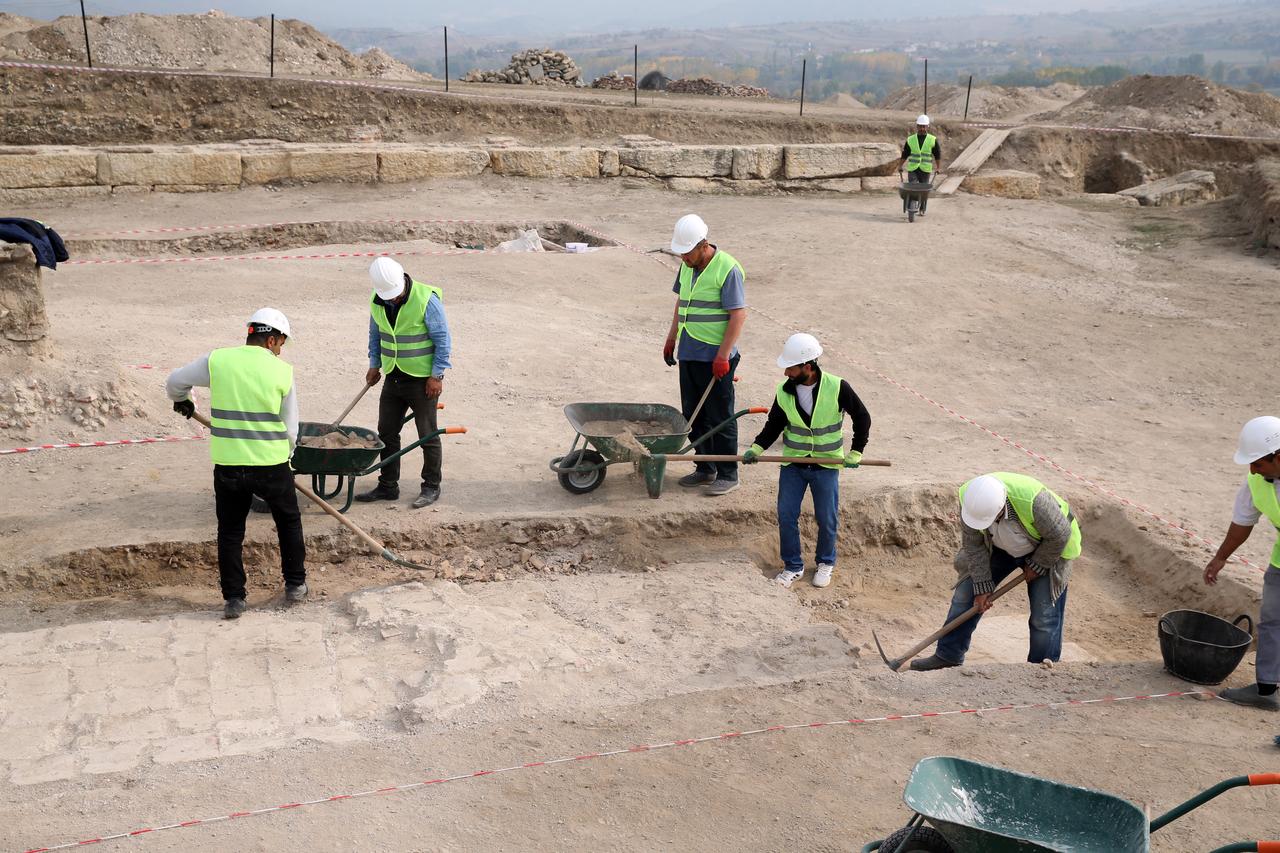
Situated on Zimbilli Tepe (Hill), Pompeiopolis once served as the capital of Paphlagonia, an ancient province in northern Anatolia.
Systematic excavations began in 2006 and have continued under the supervision of Türkiye’s Ministry of Culture and Tourism.
According to Eliusuk, the latest phase began in July and is expected to continue until mid-December.
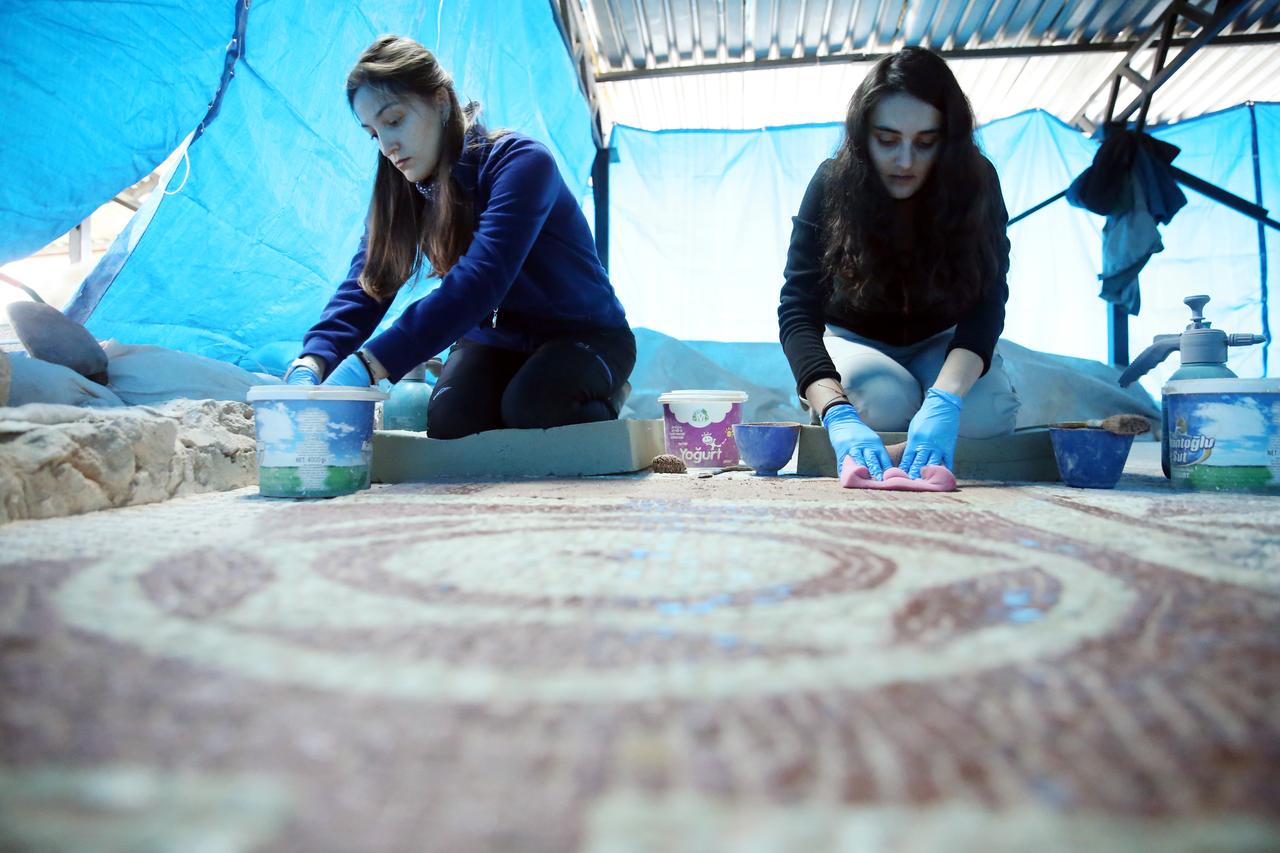
Eliusuk recalled that during intensive work in 2024, the team uncovered an odeon theater—a small Roman performance and assembly venue—under the ministry’s “Heritage for the Future” project.
The project expanded in 2025, focusing mainly on the martyrion and a Roman villa, where the fountain and entrance gate were brought to light. The team also carried out extensive restoration on the villa’s unique floor mosaics.
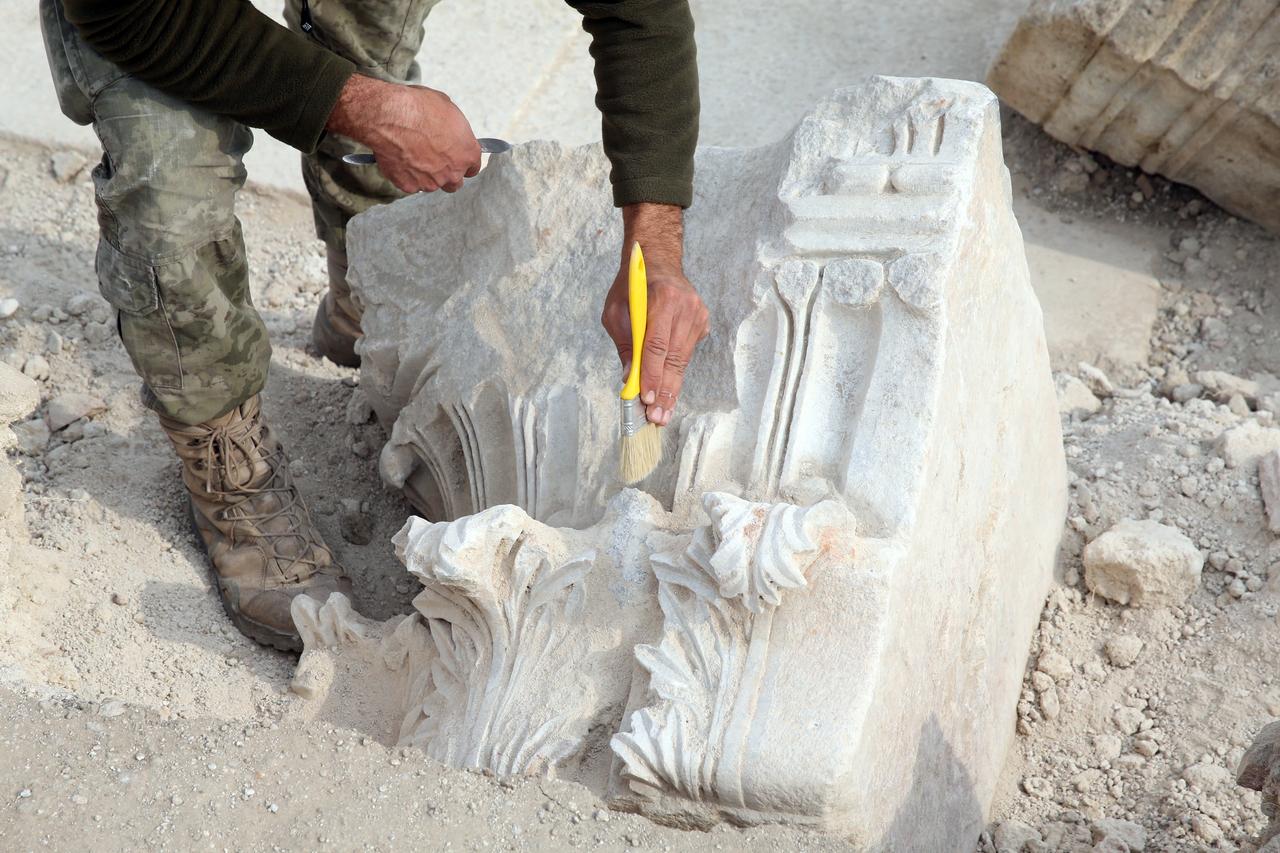
The largest part of the 2025 field season, Eliusuk explained, centers on the Roman basilica. He noted that in the early imperial period, such basilicas often served as market halls and courthouse buildings.
Later, as the city became a bishopric, the basilica took on a religious role and became one of Pompeiopolis’s most significant sacred structures.
The excavation team consists of 16 specialists, including archaeologists, conservators, restorers, an art historian, and local team members.
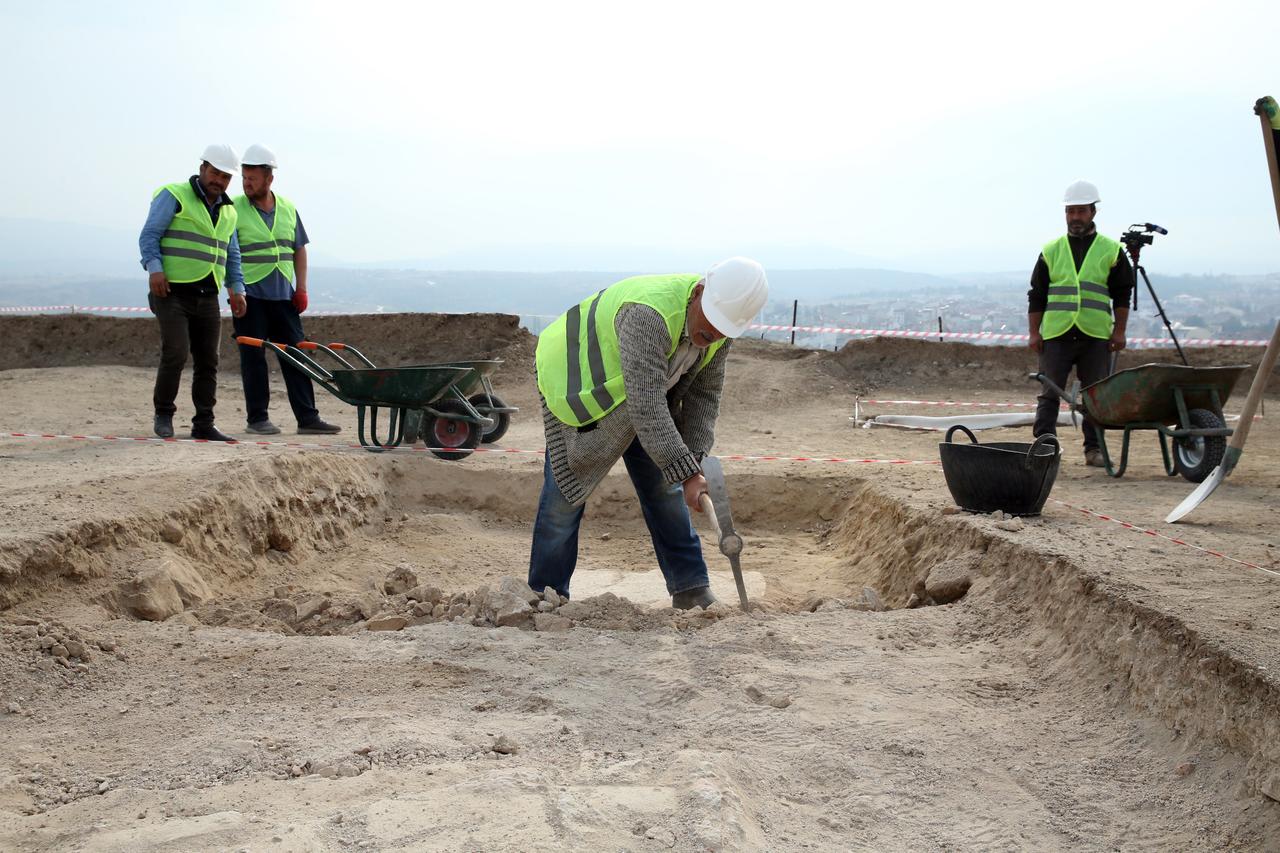
Archaeologists also identified an octagonal, domed, and colonnaded structure considered to be a martyrion—a typical architectural form for early Christian memorial shrines.
By its nature, such a building could have functioned as a pilgrimage center.
Eliusuk said that this season’s discoveries reinforce that interpretation and could influence how Pompeiopolis is understood in Christian heritage studies.
He added that these findings hold significant potential for Kastamonu’s and Taskopru’s cultural tourism. Work at the site is expected to continue in 2026.